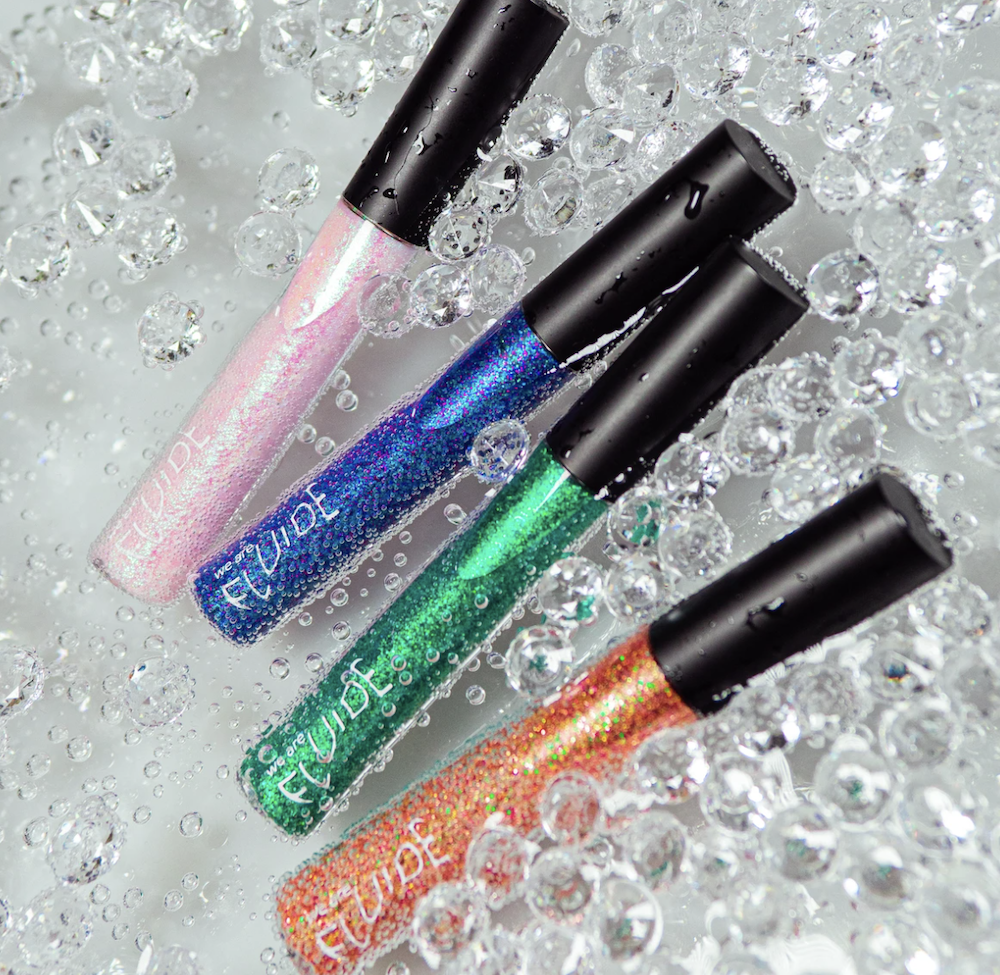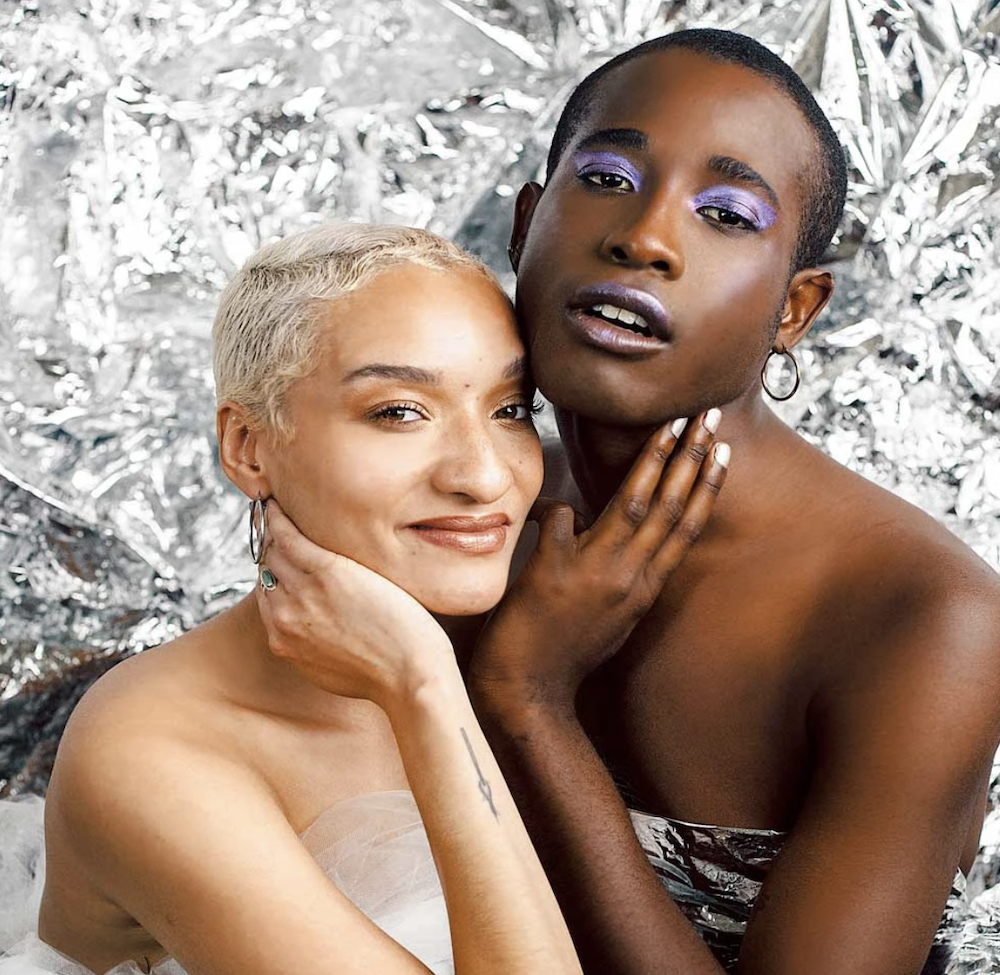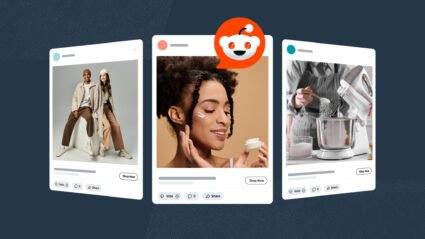We all know what to expect from brands in June: rainbows as far as the eye can see, on everything from sneakers to candy to dog food (we assume). But that inclusive spirit doesn’t always seem to extend past temporary social media creative and playful promotional stunts. Your brand needs to engage the LGBTQ+ community in a much more meaningful way to earn their loyalty—and their business.
It’s time to take a hard look at LGBTQ+-focused marketing and ask some tough questions. Is my brand speaking to the needs of the community beyond surface-level branding gimmicks? Does our focus on celebration and inclusivity peter off or end when the date flips to July 1?
As digital marketers, it’s up to us to make sure that our brands aren’t just virtue signaling when it’s expected to get a couple of extra likes on Instagram. This means you need to consider your LGBTQ+ customers 365 days out of the year, not just for 30 days every June.
So what questions should you be asking yourself and your brand?
First off, do I (as a brand) understand what LGBTQ+ is?
The community represented by the LGBTQ+ acronym is generally defined as anyone who identifies as lesbian, gay, bisexual, transgender, queer, intersex, asexual, or other sexual orientation or gender identity.
If you’re already overwhelmed or don’t recognize some of those terms, you may want to do some reading or watch a YouTube video or two to better understand the complex and diverse group of human beings that identify as LGBTQ+ before you start marketing to them.
If you’re looking for help, you can approach LGBTQ+ co-workers for their perspectives. But remember, it’s not their job to educate you; you should be putting in the work yourself and requesting their help or support in crafting more inclusive, authentic messaging, not taking advantage of their effort or energy because of their identity.
Should I consider pronouns in my marketing copy?
The short answer? Yes.
The longer answer is that to be truly inclusive, you need to be both careful and critical of every aspect of every campaign you create. We’ll get into broader use of language and imagery in the next section but pronouns in particular represent a real opportunity to show inclusivity in marketing instead of just telling the world your brand is inclusive.
For many intersex, transgender, nonbinary, gender fluid, and gender non-conforming people, “he” or “she” is not the most comfortable pronoun. There are many pronouns used across the spectrum of gender, but for marketers, it’s imperative to understand how to use the most elastic of pronouns: they/them.
The last thing you want to do is misgender someone. As marketers, most of us are guilty of assuming gender and assigning a pronoun. But assuming a gender can be harmful—and that goes against the core actions at the heart of great marketing: putting customers first, building relationships, and connecting with audiences.
What kind of language and imagery can set you apart from fair-weather campaigns?
People in the LGBTQ+ community continue to fight for visibility and representation in both the media and their everyday lives. I know I can see right through a shallow Pride campaign looking to capitalize on my identity by simply adding a rainbow version of a company logo to social media profiles or profiting from selling rainbow versions of their products. I’d be willing the bet that’s true for most LGBTQ+ individuals.
Authenticity is key when it comes to marketing to LGBTQ+ audiences. You can’t simply swap in a trans person or a gay couple in an existing advertisement and expect it to resonate the same way it does for cisgender or heterosexual audiences.
Make it a priority to understand how your target audiences will receive an ad. That might be as simple as reaching out to LGBTQ+ coworkers or testing messaging in the market with LGBTQ+ focus groups. Many makeup brands, for example, have recognized that many men wear makeup in their day-to-day lives and have removed gender altogether from their product labels, shifting their creative to include a diverse array of binary and nonbinary gendered individuals. That lesson didn’t necessarily come easily: we can all remember the first awkward forays into pandering advertisements for guyliner and other male-specific beauty products.
We especially love and admire brands that were created to be inclusive like Automic Gold, Fluide, and One DNA. You’ll notice that their products don’t tout rainbows everywhere. Instead, their models and products represent a diverse range of LGBTQ+ individuals in a way that feels organic—and they challenge standards set by society and traditional brands that are hyper-gendered and not inclusive of size or race in their products and imagery.
We also applaud brands like Calvin Klein, Lush, and Smirnoff that are embracing diversity and inclusion in recent campaigns.
Are you diversifying your targeting?
Once it’s time to get your new-and-improved message out, you need to consider how you’re targeting your marketing across channels.
When you strip away conventional ideas, labels, and the assumptions underpinning them, you can open up the possibilities of brand new target audiences for your business.
Consider the following questions when trying to target an inclusive audience:
- Is your product truly only for women, or might men or genderqueer individuals benefit from it?
- Is that “Gift Guide for Her” written for heterosexual couples, or can you effectively market it to lesbian couples?
- Are the interests and hobbies you’re targeting based on cisgender, heterosexual stereotypes, or do they break down traditional barriers?
- When you create a lookalike audience based on current site traffic, will you exclude individuals who don’t meet the criteria associated with your existing audience’s gender binary and/or sexual demographics?
This often means challenging ourselves as marketers to think outside of the box of existing customers and exploring audiences we haven’t previously targeted or considered. Test out campaigns that don’t include gender-specific targeting. Try targeting interests and hobbies that fall outside of stereotypes. Identify and attempt to reach locations where LGBTQ+ individuals live.
We bet you’ll be surprised by the conversations, conversions, and new customers that emerge.
Are you creating evergreen content and focusing on messaging beyond June?
If you’re going to campaign in June, do it right by giving back to the community. Companies like Zenni are donating not just a portion, but 100% of proceeds from their Pride products sold in June to LGBTQ+ organizations like the It Gets Better Project. Zenni isn’t just telling LGBTQ+ customers they support the community, they are putting their money where their mouth is.
It’s important, however, to remember that LGBTQ+ people exist all year round. Creating and sharing evergreen resources and campaigns demonstrate that you genuinely care about the queer community and aren’t just looking to make a quick buck from them in June.
Let’s look at Zenni again: the brand doesn’t just market to the LGBTQ+ community in June, they make a point to feature diverse individuals—both influencers and everyday users—in their on-site and social media content to make sure the community is represented and show their love and appreciation for their customers year-round.
Unfortunately, companies still aren’t prioritizing this key best practice in their marketing strategies. According to GAYTIMES research commissioned by Karmarama, just 32% of marketers engage with the LGBTQ+ community independently of Pride despite 84% of LGBTQ+ consumers calling for it. That means there is a big space that is still not occupied—and an opportunity for your brand to really make your mark.
When considering philanthropic opportunities, it’s also important to consider all of the groups represented under the LGBTQ+ umbrella. Organizations like the Marsha P. Johnson Institute and the TransLatin@ Coalition help LGBTQ+ people of color, and the Trevor Project provides valuable resources to LGBTQ+ youth.
Ready to say “yaas” to inclusive marketing?
These five questions are just the tip of the iceberg when it comes to prioritizing inclusivity in marketing campaigns. But you need to take action to create positive change for your brand and the world around you.
WATCH NOW









Responses